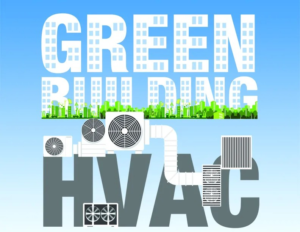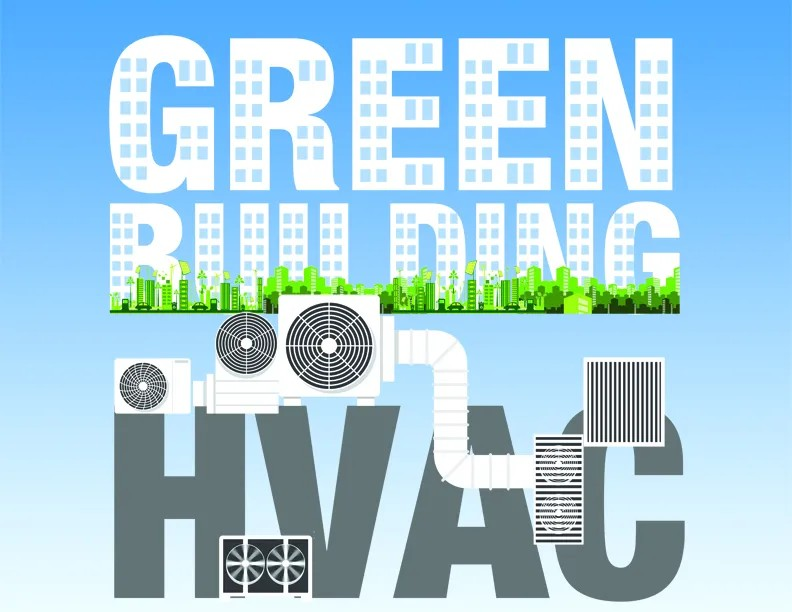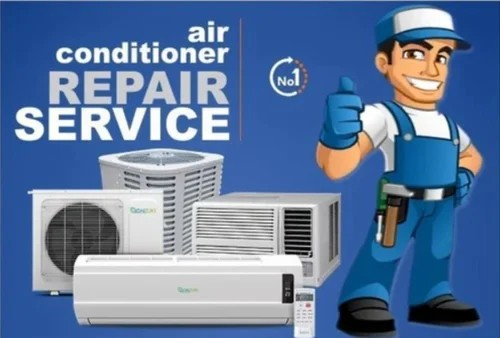What is considered a green HVAC technology? Green HVAC technology refers to heating, ventilation, and air conditioning systems designed to be environmentally friendly by reducing energy consumption, minimizing greenhouse gas emissions, and utilizing sustainable or renewable energy sources. Here are some detailed examples of green HVAC technologies:

1. High-Efficiency HVAC Systems
- Energy Star Rated Systems: These systems meet strict energy efficiency guidelines set by the U.S. Environmental Protection Agency.
- Variable Speed Motors: Adjust the motor speed based on the system’s needs, reducing energy use.
- High SEER (Seasonal Energy Efficiency Ratio) Ratings: Higher SEER ratings indicate better energy efficiency.
2. Geothermal Heat Pumps
- Ground-Source Heat Pumps: Utilize the stable temperature of the earth to provide heating and cooling, significantly reducing energy use compared to traditional HVAC systems.
- Vertical and Horizontal Loops: Systems can be installed with either vertical boreholes or horizontal loops depending on the available land and geological conditions.
3. Solar HVAC Systems
- Solar Thermal Systems: Use solar collectors to absorb heat from the sun, which is then used to heat air or water for space heating or hot water needs.
- Photovoltaic (PV) Systems: Generate electricity from solar panels to power the HVAC system, reducing reliance on grid electricity.
4. Radiant Heating and Cooling Systems
- Radiant Floor Heating: Uses heated water running through pipes beneath the floor to warm the space evenly and efficiently.
- Radiant Ceiling Panels: Cools or heats a space by circulating water through panels installed in the ceiling, providing a comfortable environment with less energy.
5. Energy Recovery Ventilation Systems
- Heat Recovery Ventilators (HRVs): Capture heat from exhaust air to preheat incoming fresh air, reducing heating demands.
- Energy Recovery Ventilators (ERVs): Transfer both heat and humidity between the incoming and outgoing air streams, improving indoor air quality and energy efficiency.
6. Smart HVAC Systems
- Smart Thermostats: Optimize HVAC operation by learning user preferences, monitoring conditions, and adjusting settings automatically to maximize efficiency.
- Building Management Systems (BMS): Integrate HVAC with other building systems to optimize energy use, detect inefficiencies, and allow for remote monitoring and control.
7. Chilled Beam Systems
- Active Chilled Beams: Use convection to circulate room air through chilled beams connected to a central chiller, providing efficient cooling.
- Passive Chilled Beams: Rely on natural convection for cooling, without the need for fans or blowers.
8. Ductless Mini-Split Systems
- Zoned Heating and Cooling: Allow for independent temperature control in different areas, reducing energy waste by only conditioning occupied spaces.
9. Advanced Insulation and Building Envelope Technologies
- High-Performance Insulation: Reduces the load on HVAC systems by improving thermal resistance.
- Low-E Windows: Use low-emissivity coatings to reduce heat transfer through windows.
10. Alternative and Renewable Energy Sources
- Biomass Heating Systems: Burn organic materials like wood pellets or agricultural waste to generate heat.
- Wind-Powered HVAC Systems: Use wind turbines to generate electricity for HVAC operations, especially in areas with consistent wind resources.
11. Water-Saving HVAC Systems
- Closed-Loop Cooling Towers: Use a closed-loop system to reduce water consumption and minimize water loss through evaporation.
- Water-Side Economizers: Utilize cool outdoor air to chill water, reducing the need for mechanical cooling.
12. Low Global Warming Potential (GWP) Refrigerants
- Natural Refrigerants: Such as ammonia (NH3), carbon dioxide (CO2), and hydrocarbons (like propane), which have minimal impact on the environment compared to traditional refrigerants.
- Hydrofluoroolefins (HFOs): A newer class of refrigerants with significantly lower GWP compared to older hydrofluorocarbons (HFCs).
13. HVAC System Optimization and Maintenance Technologies
- Predictive Maintenance: Uses sensors and data analytics to predict when maintenance is needed, preventing system failures and maintaining efficiency.
- Continuous Commissioning: Ongoing process to ensure HVAC systems are operating at peak efficiency through regular monitoring and adjustments.
Implementing these green HVAC technologies can significantly reduce the environmental impact of heating and cooling systems, enhance energy efficiency, and contribute to sustainability goals.
Looking to install a commercial HVAC System or Duct work in your Business Area?
Contact Vipul Ac to learn about our HVAC Service
Call +91 9825636606 Today.


